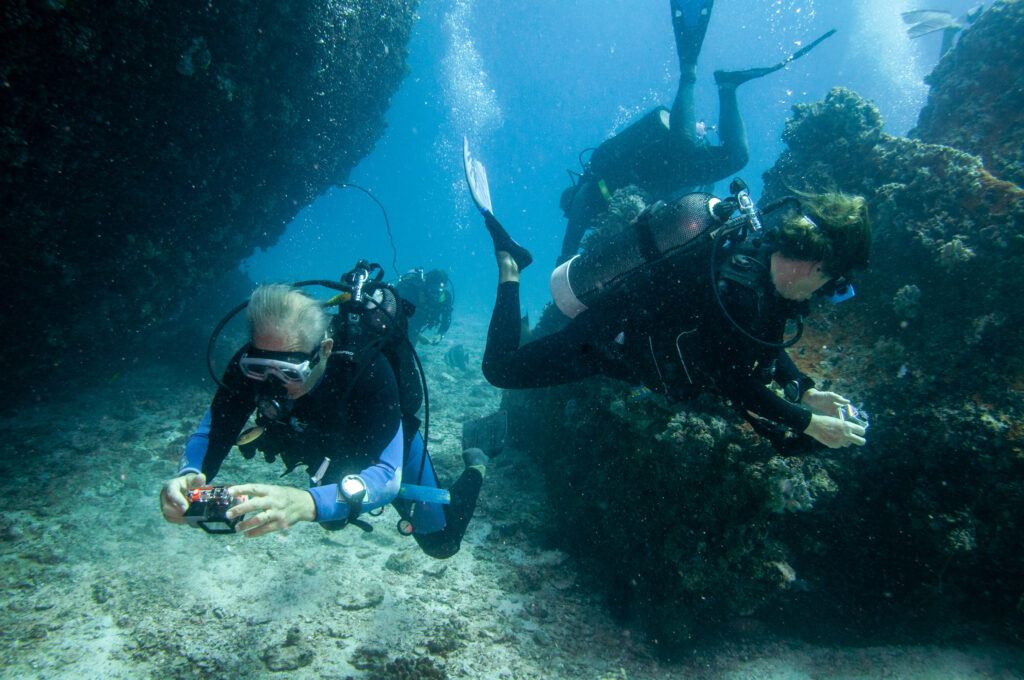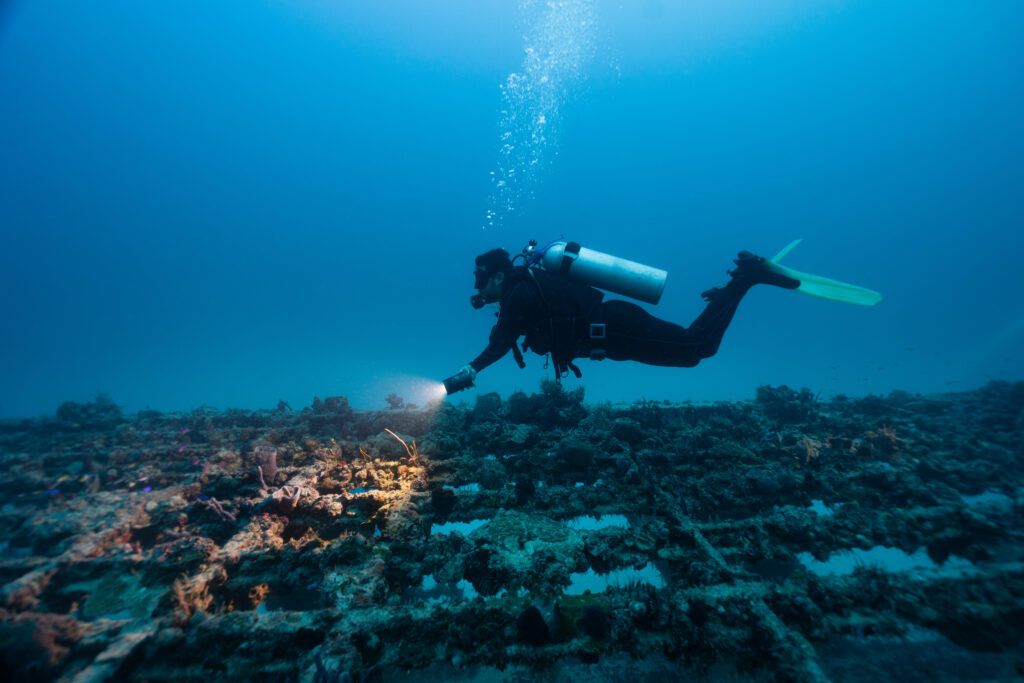What is Barotrauma?

What is Barotrauma? Barotrauma is a crucial topic in the world of scuba diving, as it represents a type of injury that divers may experience due to changes in pressure during their underwater adventures. Scuba divers should be well-informed about barotrauma to avoid potential hazards and to respond effectively in case of an injury. Definition […]
What is Ascent when Diving?

Ascent refers to the upward movement a diver makes as they transition from being submerged underwater to reaching the surface. This process is an essential phase in scuba diving, directly impacting the safety and health of the diver. Ascent is not necessarily a straightforward or continuous journey from depth to the surface; it may require planned pauses, known as decompression stops, to help the body adjust to pressure changes and avoid decompression sickness, a condition commonly called “the bends.” In scuba diving, a controlled and deliberate ascent is crucial to maintaining well-being, preventing injuries, and ensuring a safe return to the surface. This article will explore the importance of ascent, its stages, best practices, and the potential risks divers face during this critical part of the dive.
What is Arterial Gas Embolism (AGE) from Scuba Diving?

What is Arterial Gas Embolism (AGE) from Scuba Diving? Arterial gas embolism (AGE) is a type of decompression illness that occurs in scuba diving, characterized by the formation of gas bubbles in the arterial blood supply. This serious condition can result from trapped air expanding in the lungs, causing ruptures and barotrauma. AGE can have […]
What is Apnea?

What is Apnea? Apnea, a term derived from the Greek word “apnoia,” meaning “want of breath,” is commonly defined as a temporary suspension of breathing. Initially used in medical contexts, apnea has evolved to become synonymous with freediving, a form of underwater diving that requires divers to hold their breath while exploring the depths of […]
What is Ambient Pressure in Scuba Diving?

What is Ambient Pressure in Scuba Diving? Ambient pressure plays a critical role in scuba diving and understanding its effects on the human body is essential for divers’ safety and enjoyment. This entry explores the concept of ambient pressure, its sources, implications for dive planning, and how it influences dive physiology and equipment. Ambient pressure […]
What is Alternobaric Vertigo in Scuba Diving?

What is Alternobaric Vertigo in Scuba Diving? Alternobaric vertigo, commonly experienced by scuba divers, is a form of dizziness induced by unequal pressure changes in the middle ear. Though typically mild and short-lived, it can occasionally persist and cause complications if not properly addressed. This entry will explore the causes, symptoms, prevention, and management strategies […]
What is Ascent Rate?

What is Ascent Rate? Ascent rate, a crucial aspect of scuba diving, refers to the speed at which a diver rises to the surface after a dive. It is essential to adhere to recommended ascent rates to minimize the risk of decompression sickness, a potentially life-threatening condition that can result from the formation of gas […]
What is a Dive Computer?

What is a Dive Computer? A dive computer is an indispensable piece of scuba diving equipment that assists divers in monitoring the time and depth of their dives. It also calculates nitrogen levels in the body and determines a safe ascent profile using mathematical algorithms. The purpose of this device is to enhance diver safety, […]
What is Lift Capacity when Scuba Diving?

Lift capacity plays a vital role in scuba diving, as it refers to the amount of buoyancy provided by a buoyancy control device (BCD).
